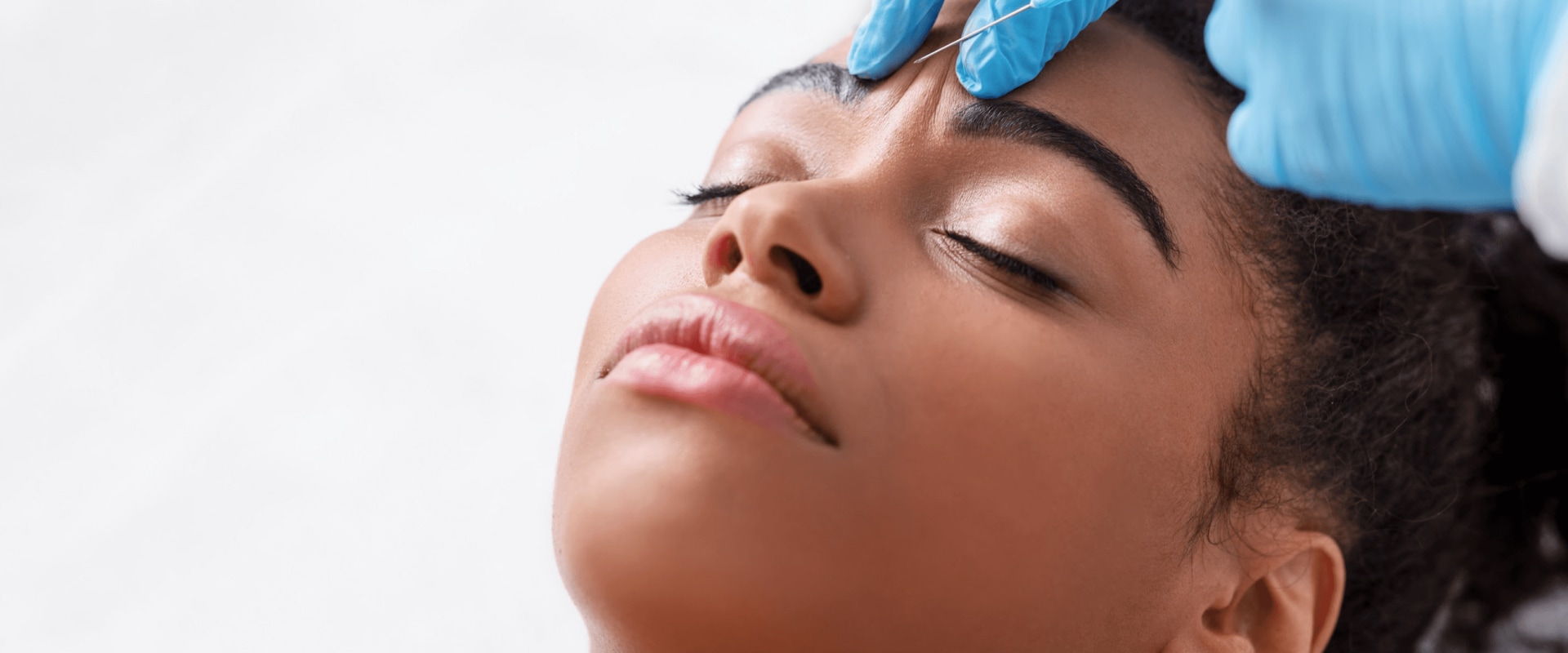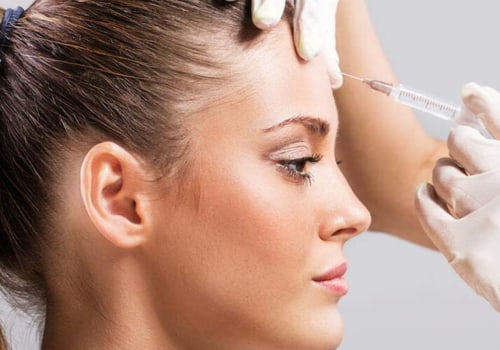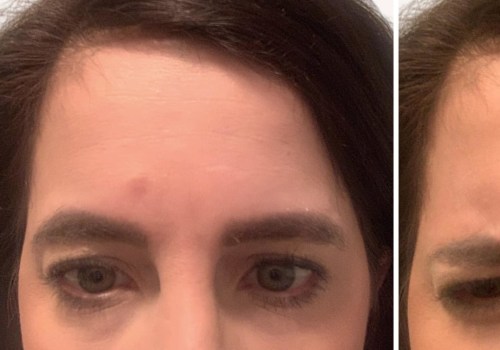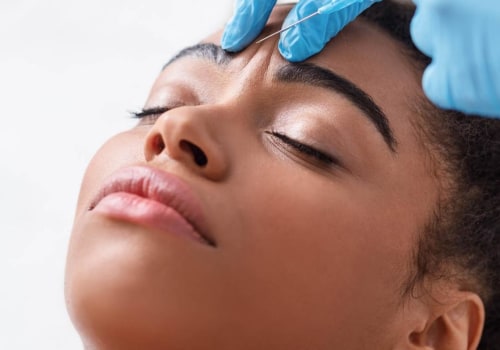Does Dysport Not Work for Everyone?
Byline: Aesthetic Treatment Insights Team
Short Answer: Dysport Doesn’t Work for Everyone Due to Individual Variations
While Dysport is effective for most people, it may not work for everyone due to various factors, such as muscle resistance, improper injection technique, or the presence of antibodies against the neurotoxin. If Dysport doesn’t deliver the expected results, other neuromodulators like Botox or Xeomin might be more suitable options.
Reasons Why Dysport May Not Work for Some People
If Dysport isn’t effective for you, it could be due to one or more of the following factors:
- High Muscle Mass or Strength: Individuals with stronger or larger facial muscles may require higher doses of Dysport, making standard treatments less effective.
- Development of Antibodies: Some people develop antibodies that neutralize the effects of Dysport, preventing the neurotoxin from relaxing the targeted muscles.
- Injection Technique: Improper injection placement, depth, or dosage can reduce the effectiveness of Dysport, resulting in unsatisfactory outcomes.
- Metabolic Factors: People with faster metabolisms may break down the neurotoxin more quickly, leading to shorter-lasting or less noticeable results.
- Underlying Medical Conditions: Conditions like muscle disorders or neurological conditions can impact the effectiveness of Dysport.
What to Do If Dysport Doesn’t Work for You
If you don’t see the desired results after Dysport treatment, consider the following options:
- Try a Different Neuromodulator: Alternatives like Botox or Xeomin have different formulations that may work better for your muscle type or anatomy.
- Adjust the Dosage: Your provider may need to increase the number of units used to achieve the desired effect, especially if you have strong muscles.
- Assess Injection Technique: Ensure that your injector is experienced and knowledgeable about facial anatomy for optimal placement and dosage.
- Switch to Other Treatments: If neuromodulators aren’t effective, consider other options like dermal fillers, laser treatments, or surgical procedures.
Discuss your concerns with a licensed professional to determine the best course of action based on your specific needs.
Understanding Dysport Antibodies
Some patients develop antibodies that make them resistant to Dysport’s effects. This happens when the immune system recognizes the botulinum toxin as a foreign substance and neutralizes it. If you’ve developed resistance to Dysport, you may notice that the treatment is less effective or doesn’t last as long. In such cases, switching to a different neuromodulator, like Xeomin, which has fewer proteins, may help avoid antibody resistance.
Alternative Treatments If Dysport Isn’t Effective
If Dysport doesn’t work for you, there are other cosmetic treatments that can address similar concerns, including:
- Botox: Another popular neuromodulator with a slightly different formulation that may work better for some patients.
- Xeomin: A purified form of botulinum toxin without accessory proteins, which may reduce the risk of antibody development.
- Dermal Fillers: Hyaluronic acid fillers can smooth static wrinkles and restore volume, offering an alternative approach to facial rejuvenation.
- Laser Treatments: Laser resurfacing can reduce fine lines, improve skin texture, and promote collagen production.
- Microneedling: A collagen-stimulating treatment that helps reduce fine lines and improve skin texture.
Consult with your provider to explore these options and determine the best treatment plan for your needs.
Can Switching to Botox or Xeomin Help?
If Dysport isn’t working, switching to a different neurotoxin like Botox or Xeomin may yield better results. While Dysport, Botox, and Xeomin are all botulinum toxin type A products, slight differences in their formulations can affect how they work. Botox and Xeomin have different protein structures, which may help in cases where Dysport is less effective. Xeomin, in particular, is known for its “naked” formulation, containing no complexing proteins, which can be beneficial for patients who have developed antibodies against Dysport or Botox.
How to Maximize Dysport Effectiveness
To ensure the best results from your Dysport treatment, follow these tips:
- Choose an Experienced Injector: Proper placement and technique are crucial for effective results. Always choose a licensed and experienced injector with a deep understanding of facial anatomy.
- Avoid Strenuous Activities Post-Treatment: Refrain from heavy exercise, alcohol, and excessive heat exposure for 24 hours after treatment to prevent the neurotoxin from migrating.
- Maintain Regular Treatments: Regular maintenance can help keep the muscles relaxed and prevent the development of stronger, more resistant muscle fibers.
- Communicate with Your Provider: Share any concerns or past experiences with your provider to help them tailor the treatment to your needs.
Conclusion
Dysport may not work for everyone due to factors like muscle resistance, antibodies, or improper injection technique. If Dysport doesn’t deliver the expected results, other neuromodulators or cosmetic treatments may be more suitable. Consulting with an experienced provider is essential for determining the best approach based on your unique facial anatomy and goals.




